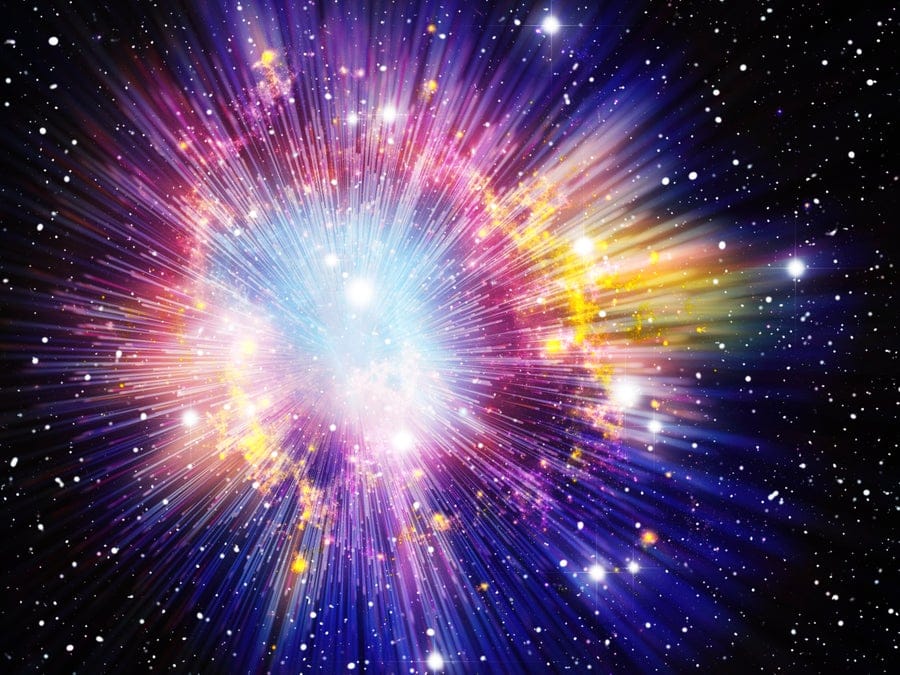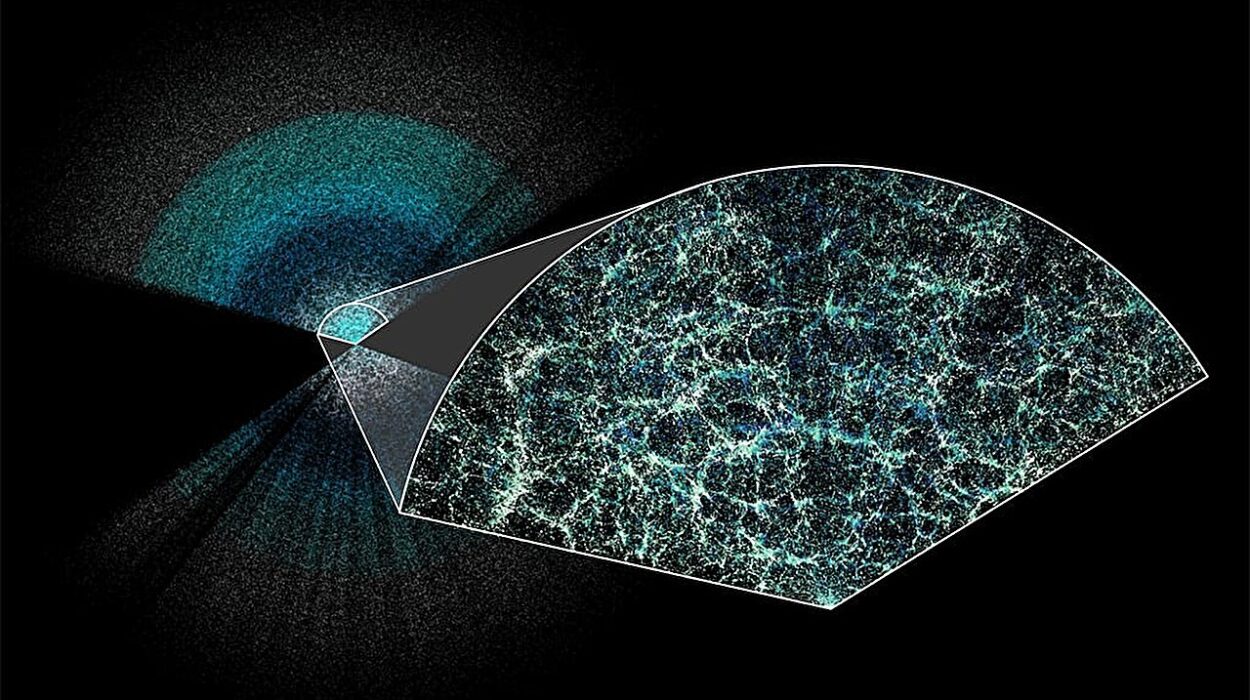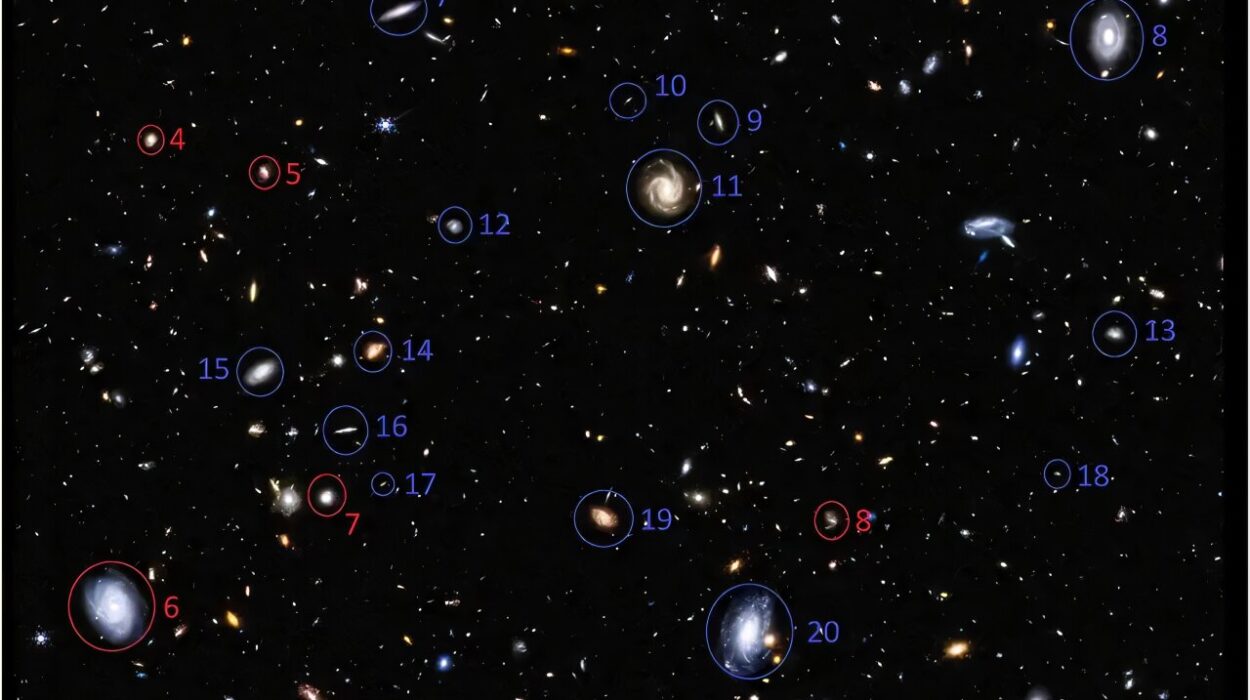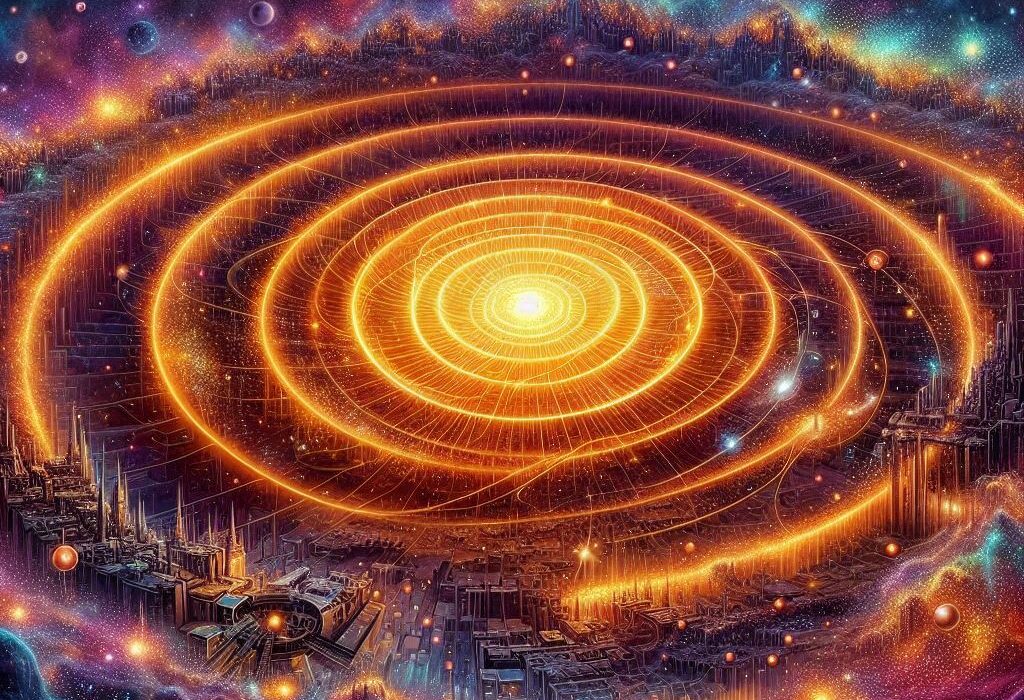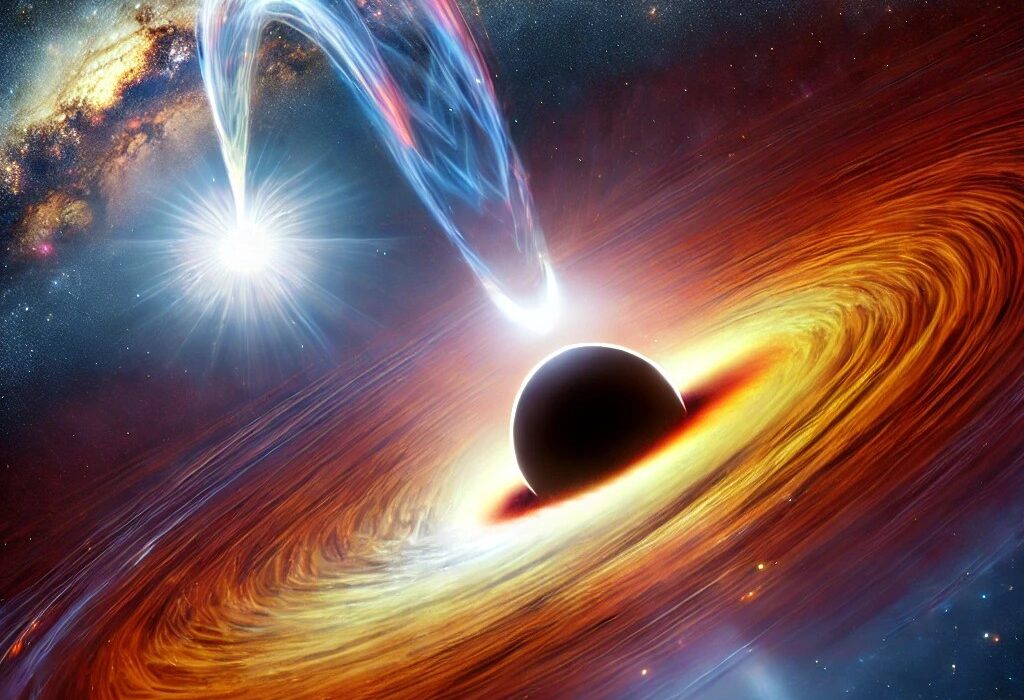The stars shimmer with ancient light, whispering secrets across the void. Galaxies spin in silent ballet, and black holes devour time and matter alike. We gaze upward, awed by the infinite expanse above us, but a question lingers in the depths of every astronomer’s mind: how does it all end?
The beginning is relatively well understood. The universe burst into being nearly 13.8 billion years ago in the Big Bang, a singularity of unimaginable density and temperature. From that moment, space began to expand. Time unfolded. Matter cooled. Stars formed. Galaxies bloomed. And life—on at least one small blue planet—looked up and began to wonder.
But the end of the universe? That remains the most haunting mystery of all. Will it collapse? Drift into cold oblivion? Explode in a final blaze of energy? The answer depends not just on gravity and mass but on the strange properties of dark energy, dark matter, quantum fields, and time itself.
What follows are the most scientifically grounded, yet mind-bending theories about how the universe might end—each a different vision of cosmic fate, each echoing with awe and dread, elegance and terror.
The Slow Death of Expansion
To understand the universe’s possible fates, we must first understand its present: it is expanding. That in itself was a shocking discovery. In 1929, Edwin Hubble found that galaxies are racing away from us, and the farther they are, the faster they move. Space itself is stretching.
At first, cosmologists believed gravity would slow this expansion, possibly even reverse it. But in the late 1990s, two teams of astronomers observed something stranger: distant supernovae were dimmer than expected. The expansion wasn’t slowing—it was speeding up.
This meant some unknown force, now called dark energy, was counteracting gravity on cosmic scales. Dark energy is not just pushing galaxies apart; it’s pushing them apart faster and faster as time goes on.
That changes everything.
If dark energy continues its relentless acceleration, the universe could face what scientists call heat death, or the Big Freeze.
The Big Freeze: A Universe Gone Cold
Imagine a future where stars no longer shine.
In this chilling scenario, the universe continues expanding forever. Galaxies drift apart, becoming increasingly isolated. Over billions of years, star formation ceases as gas runs out. Existing stars die off one by one. Planets freeze. Black holes consume the remnants of matter, then slowly evaporate via Hawking radiation.
Eventually, all that’s left is a thin fog of particles scattered across a vast, dark, and frigid universe. Even protons may decay, leaving behind only radiation and inert particles. Time continues, but nothing happens. No heat, no light, no structure—just entropy and silence.
It’s not an explosive or dramatic ending. It’s a slow, inevitable fading into nothingness. The cosmos becomes a graveyard of potential, where information itself dissolves into background noise. Some physicists estimate this could take a googol years (that’s 10¹⁰⁰ years) or more.
From a human perspective, it’s almost too vast to comprehend. But it remains the leading theory—cold, quiet, and eerily final.
The Big Rip: A Violent Tearing of Reality
What if the expansion doesn’t just continue—it accelerates uncontrollably?
That’s the unsettling vision behind the Big Rip, a theory that arises if dark energy isn’t constant, but grows stronger over time. In this case, the universe doesn’t drift into a cold sleep. It is violently torn apart.
At first, galaxies separate. Then gravity can no longer hold them together, and star systems unravel. Planets drift away from their suns. Eventually, the very atoms in your body are ripped apart as the force of expansion overcomes even the strong nuclear force.
In the final instants—fractions of a second—spacetime itself is shredded.
It’s an apocalyptic scenario, one that treats dark energy not as a constant push, but a growing storm. Whether this happens depends on the nature of dark energy—specifically, a property called the equation of state. If its value (w) drops below -1, the Big Rip becomes a possibility.
Some estimates suggest that if the Big Rip is our fate, it could occur in about 22 billion years.
The Big Crunch: A Fiery Collapse
There’s a poetic symmetry in the idea that the universe might end the way it began—not with a bang, but with a reverse bang. That’s the essence of the Big Crunch theory.
In this model, gravity wins. After billions more years of expansion, the force of gravity begins to pull everything back. Galaxies slow down, then reverse direction. The universe contracts.
Temperatures rise as everything compresses. Stars reignite, galaxies collide, black holes merge. The universe becomes smaller, denser, and hotter until all matter collapses into an ultra-hot, ultra-dense point—the mirror image of the Big Bang.
This singularity could mark the end of everything—or the beginning of something new.
The Big Crunch fell out of favor after dark energy was discovered, since it requires that gravity eventually overcomes expansion. But if dark energy is temporary or decays, this future could return.
Some physicists have even proposed that a new Big Bang might follow the Big Crunch, leading to a cyclic universe—one that eternally expands and collapses.
The Bounce and the Cyclic Universe
If the Big Crunch does happen, what then? Is it the end of the story?
Not necessarily. In some models, the universe rebounds after the Crunch in what’s called the Big Bounce.
Imagine time as a loop. The universe expands, collapses, and then explodes into existence again. Over and over, endlessly.
This cyclic model echoes ancient ideas from Hindu cosmology and Buddhist thought—but now dressed in the language of quantum gravity and string theory. Some versions involve branes—multi-dimensional surfaces that collide and spark new Big Bangs. Others suggest that entropy resets in each cycle, giving rise to new physical laws and constants each time.
The cyclic model is difficult to test, but it offers something both terrifying and beautiful: a universe with no final end, only rebirths.
It also raises haunting questions. Do new universes remember the old? Are we part of a repeating story, or one chapter in an infinite book?
The Vacuum Decay: Death at the Speed of Light
Perhaps the most mind-shattering possibility of all is vacuum decay—a quantum catastrophe that could destroy everything without warning.
This theory stems from the idea that the universe might not be in a stable state. What we perceive as empty space may be a false vacuum—a temporary energy state that looks stable, but isn’t. Like a ball balanced on a hilltop, it could roll into a lower, true vacuum at any time.
If this happens, a bubble of true vacuum would form and expand outward at the speed of light, annihilating everything in its path. Inside the bubble, the laws of physics could be completely different. Atoms as we know them would cease to exist. There would be no warning—no time to escape or even perceive it.
Some physicists believe the Higgs boson—the particle discovered in 2012—may hold clues about this vacuum stability. Current measurements suggest the universe is metastable. Not doomed, but not perfectly safe either.
It’s a chilling thought: that somewhere in the darkness, a cosmic bullet might already be coming for us.
Black Hole Dominance and the End of Time
As time stretches into unimaginable scales, black holes take center stage. They are the final sculptors of the universe, devouring stars, gas, and even light itself.
But black holes, too, are not eternal. Stephen Hawking’s groundbreaking work showed that black holes slowly evaporate over time through quantum effects—a process now known as Hawking radiation.
As they emit this faint radiation, black holes lose mass. Over trillions upon trillions of years, even the most massive ones will vanish. Eventually, the universe becomes a cold sea of low-energy photons and neutrinos, with all structures dissolved.
At this point, even time itself becomes a strange concept. With no change, no structure, and no observers, does time still pass? What does it mean for time to exist in a universe with nothing happening?
This question is not just philosophical. Some physicists believe that without events, time is meaningless—implying that the end of the universe might also be the end of time itself.
Multiverse Collisions and Cosmic Rebirths
In the fringes of theoretical physics lies an even more exotic idea: that our universe is just one bubble in a vast multiverse.
In this view, cosmic inflation never truly ends. Instead, it spawns an infinite number of “bubble universes,” each with its own laws of physics. Ours is just one. Most will be empty or short-lived. A few, like ours, produce stars and life.
What happens at the end of our universe might be connected to the birth of another. Perhaps the death of our cosmos is merely the shaking of one branch in a vast, cosmic tree.
Some theories even suggest that universes can collide. If so, our end could come not from within, but from the impact of another universe. The collision would unleash energy beyond comprehension, rewriting the fabric of reality.
Though speculative, these theories spring from serious mathematics—particularly from string theory and eternal inflation models. They offer hope that the universe’s end might not be final, but transitional.
Entropy, Information, and the Cosmic Ledger
Beneath all these grand fates lies one common thread: entropy. The second law of thermodynamics says that entropy—the measure of disorder—always increases in a closed system.
The universe is no exception.
No matter how it ends—cold or hot, sudden or slow—entropy will dominate. Useful energy becomes waste heat. Order becomes randomness. Information is lost.
Or is it?
Some physicists, particularly those working on black hole information paradoxes, believe that information can never truly be destroyed. Instead, it becomes encoded in strange ways—perhaps on the surface of black holes or in the quantum structure of spacetime.
This leads to the tantalizing idea that the end of the universe might not be a loss, but a transformation—a final accounting of every thought, every atom, every star.
The Role of Human Consciousness
Amid all this cosmic drama, one quiet question lingers: what is the role of us?
Humans are not passive spectators. We are the universe made conscious, looking back upon itself. We ask questions, build telescopes, write equations—and in doing so, we stitch together meaning from cold data.
Some philosophers and physicists, such as John Wheeler, have speculated that observers are essential to the universe’s very structure. That perhaps, in some strange way, the act of observation shapes reality.
This idea—often framed as the participatory universe—is controversial. But it reminds us that we are not irrelevant. Our quest to understand the universe’s end is, in a sense, the universe attempting to understand itself.
A Final Reckoning with Forever
The end of the universe may come in fire or ice, silence or shockwave, entropy or rebirth. But in every scenario, it forces us to confront the limits of time, space, and meaning.
Whether through the slow extinguishing of all light or the catastrophic tearing of spacetime, the end is a mirror. It reflects not just physics, but our deepest fears, hopes, and longings.
In studying the universe’s death, we are not embracing despair—we are honoring the mystery. We are daring to imagine not just where we came from, but where we’re going.
And perhaps, just perhaps, the end is not the end at all.
